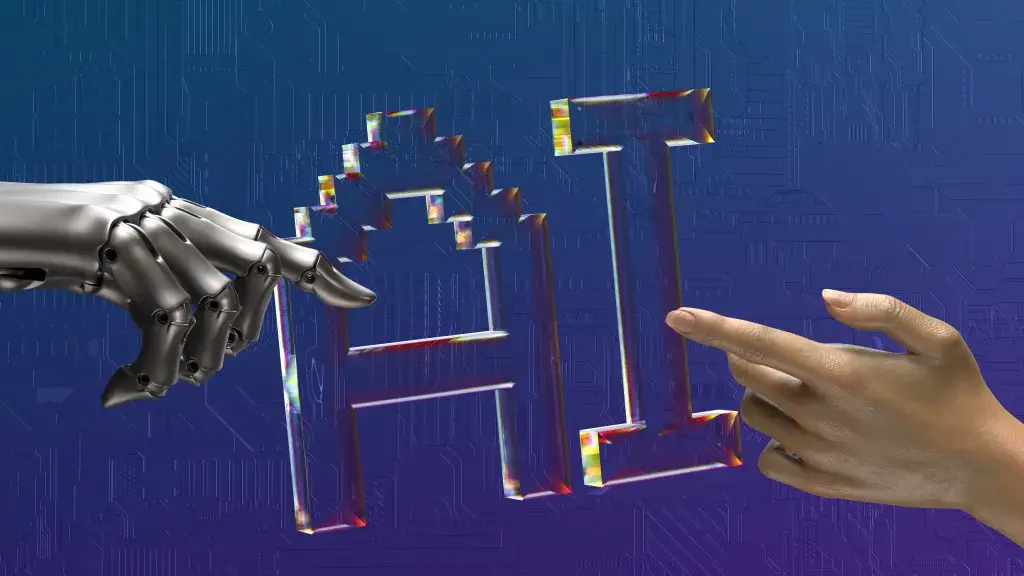Since the early days of Ethereum, the mission of Ethereum to move over to Proof-of-Stake (POS) has been no stranger to members of the community. Ethereum is an open-source blockchain protocol, meaning users from around the world have the ability to build and contribute to the Ethereum network by building software products, dApp’s, and tools on the Ethereum Network.
Until recently, Ethereum has continuously operated with a Proof of Work (POW) consensus mechanism, meaning miners compete to validate transactions by expending energy and computational resources to the Ethereum Network. Proof of Work is the same consensus mechanism used by Bitcoin, the first true cryptocurrency. However, the concept of Proof of Work has been around since 1993, initially offered as a solution to spam mail, and has been regarded as an extremely secure solution to the Byzantine General’s Problem.
Essentially, Proof of Work requires the expenditure of resources to participate in the validation of transactions to prevent a malicious actor from creating an infinite number of nodes on demand, allowing those bad actors to have the power to compromise the network. This is very different from proof of stake, where validators must stake a certain amount of their holdings to participate in validating transactions.
Each transaction requires multiple signatures, which may slow down the transaction process, but this provides a layer of security that hot wallets cannot offer. If you decide to use a multi-signature wallet, always keep in mind the number of signatures required to execute a transaction. In the event that multiple keys become compromised or lost, you will need the minimum number of required signatures to process a transaction and access your funds. An example of an entity that should employ a multi-signature wallet could be a DAO with a large treasury they’re trying to secure or even a collector with a valuable personal gallery. Still, everyone should at least have a hardware wallet if invested in Web 3 to ensure an enhanced level of security.
With the merge approaching, it is important to recognize the benefits and drawbacks of such a large, sweeping change. It is undeniable that a Proof of Stake (POS) consensus mechanism for Ethereum brings enormous benefits to the holders and the world as a whole. Environmentally speaking, the end of POW on Ethereum signifies a 99%+ reduction in overall energy consumption by the network. In moving to POS, Ethereum transactions benefit from increased transaction speeds, lower fees, and higher throughput. This allows the chain to scale further with the capacity to process more transactions at a cheaper cost. For products and applications that integrate with Ethereum, this makes Ethereum significantly more useful. Additionally, reduced gas fees make Ethereum infinitely more viable for developers and far more accessible and economical for many people, especially individuals in developing countries with little access to viable forms of money or wealth storage.
On the other hand, concerns have been raised regarding the centralization risk of The Merge. Currently, over 60% of the ETH 2.0 Validators are operated by major (government-regulated) centralized exchanges and other highly centralized entities. Some have said that this poses a threat to the decentralization and security of the overall chain, as such a large proportion of the validators fall directly under the purview of the government or large centralized entities. The risk is that with over 50% of control over validators, an entity or collective group of entities can completely control the network. Ethereum has argued against this, recommending several technically sound protective measures in place; however, some community skepticism and questions remain.
Regardless of what results of the Ethereum Merge, it is certain that the blockchain world will change forever over the next several weeks, months, and years.





